Podcast: Play in new window | Download
By popular demand, Cooking in Real Time is back after nearly 11 years, with a pretty long and rambling session of cooking basic rice and legumes, with plenty of shortcuts and substitutions from limited pantries.
NOT-shopping list
- rice, ideally basmati, but whatever you have
- one big onion, or one small one, or whatever you have
- garlic
- fresh ginger (dry ground ginger is OK in a pinch)
- ghee (clarified butter) or vegetable oil
- whole spices: black pepper, fennel, cumin, black mustard seeds, or…yeah, whatever you have
- ground turmeric
- ground cumin
- hing (asafetida), of course only if you happen to have it
- curry leaves (if you just happen to have them)
- yellow split peas, lentils, beans, etc, etc
- plain yogurt
- cucumber (or some veg you can eat raw)
- tomato, fresh or canned
- grated coconut (if you have it)
- spinach, frozen or fresh, if you like
- fresh cabbage
- lime or lemon
Simple Indian-spiced buttery rice pilaf
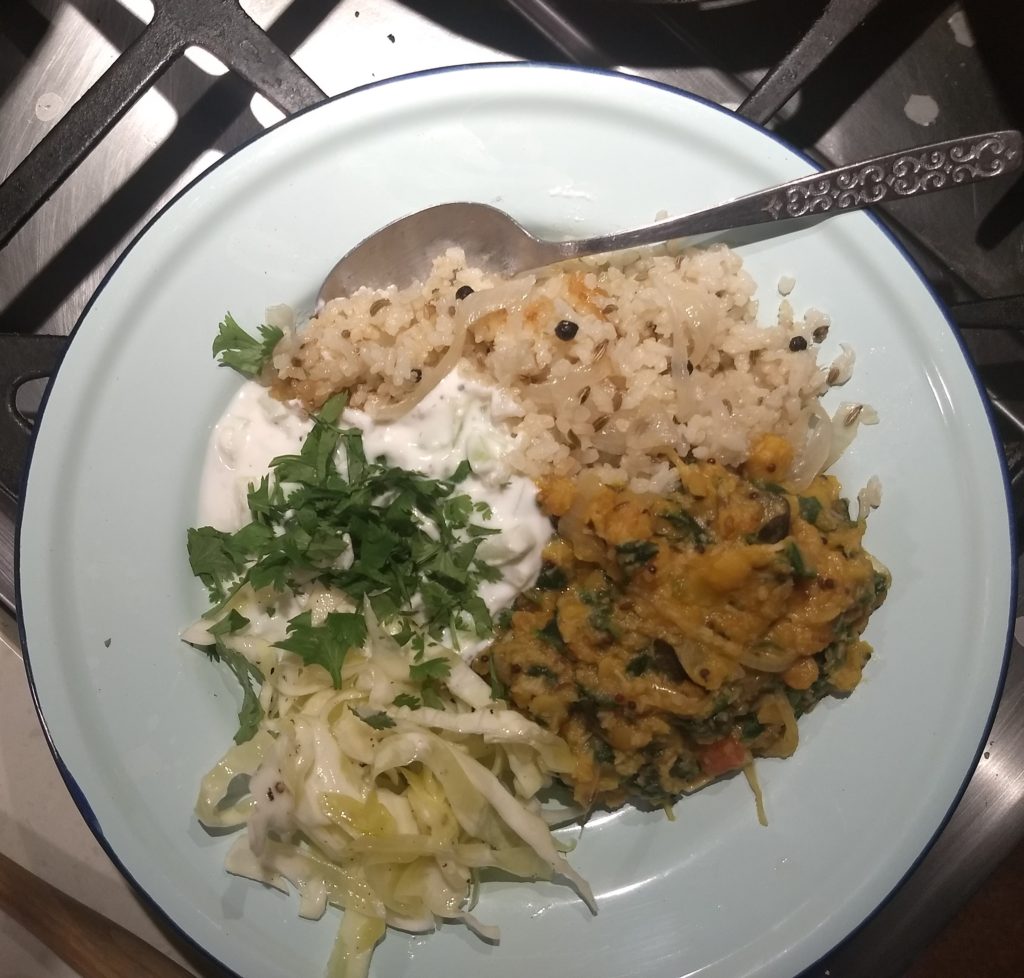
In the recording, I lament the fact that I don’t have any basmati rice, so I’m using Japanese short grain rice. That pretty much sets the tone of use whatever you have. The idea here is just to cook rice that has some nice spice and onion flavor. I use fennel and black pepper for the spices, but you could sub in a stick of cinnamon and a couple of cloves along with the pepper. If you don’t have whole spices, you can use ground, but don’t let the fry in the oil for more than a couple of seconds.
3-4 servings
1 cup rice
1 small onion or half a large one
2-3 Tbsp ghee or vegetable oil
1 Tbsp each whole black peppercorn and fennel seeds
Salt
Rinse rice and let it soak while you slice the onion — long vertical slices is fine, but half-rings is more “Indian” looking.
Rinse the rice again and let it drain.
In a heavy-bottomed pot over medium heat, melt the ghee or add the vegetable oil. The bottom of the pot should have a decent layer. When the fat is hot (look for a little shimmer), throw in the whole spices and stir for a few seconds, just until you can smell them.
Add the onion and turn the heat down a bit; add salt. Stir and cook until the onions have mostly softened (no need for color).
Add the rice and stir and fry until the grains are well coated with oil/ghee. In an ideal world, with basmati, each translucent grain would start to turn a little opaque. You may want to turn the heat up a little for this, to cook away the water stuck on the rice grains.
Add water in proportion to the kind of rice you’re using (1 1/4 cups is usually good for basmati; short-grain takes about 1 1/2 cups; brown rice can take up to 2 cups). Cover and turn heat to simmer and cook till tender.
When the water has cooked away, turn off heat and place a clean dish towel over the top of the pot, fixing it in place with the lid. This absorbs any extra steam that would make the rice gummy.
South Indian Yellow Split Peas with Tomato and Coconut
This recipe is sort of from Chitra Agrawal’s Vibrant India book. I follow her basic technique and cut away some of the ingredients and sub some others. You can really use any legume (bigger beans, brown lentils, pink lentils, etc), adjusting cooking time accordingly. (Note of course that bigger beans will need to be presoaked, or pressure-cooked, which takes more time/planning.) The add-ins are up to you and whatever you have. The building blocks are simply beans+ginger+spices, with everything else according to your preferences/pantry stock.
If you want to use canned beans, that’s also possible. In this case, add the ginger and turmeric (and possibly curry leaves) to the spice-onion mix, then gently stir in the beans to heat through. You will need a bit of liquid: vegetable or chicken stock, maybe, or even coconut milk, which is especially silky with the beans.
Serves 3-4
1 cup yellow split peas (toor dal)
1-inch knob fresh ginger (or 1 Tbsp dry ginger)
2 sprigs fresh curry leaves (totally optional)
1 tsp ground turmeric
1 small onion (or half a larger one)
2 cloves garlic
2 Tbsp ghee (or vegetable oil)
1 Tbsp each whole cumin seeds and black mustard seeds
Pinch of hing (asafetida)
Salt
1/4-1/3 cup grated coconut
1 small tomato, or about 1/2 cup canned diced tomato and juices
1-1 1/2 cup frozen leaf spinach (or small bunch of fresh spinach)
Optional first step: toast the split peas in a dry pan, until they darken slightly and are fragrant. (Agrawal says this is to cut down on their natural stickiness.)
Add enough water to the pot to cover the split peas by about an inch (between your first and second finger knuckle, is my usual test). Grate in the ginger — or if you’re nervous about your knuckles, like me, grate some and slice the rest into thin coins. Add the curry leaves and turmeric, and set the heat to medium-low, to simmer until the peas are soft.
Slice the onion in half-rings and roughly chop the garlic. Assemble the other ingredients, as you’ll be adding them one after the other.
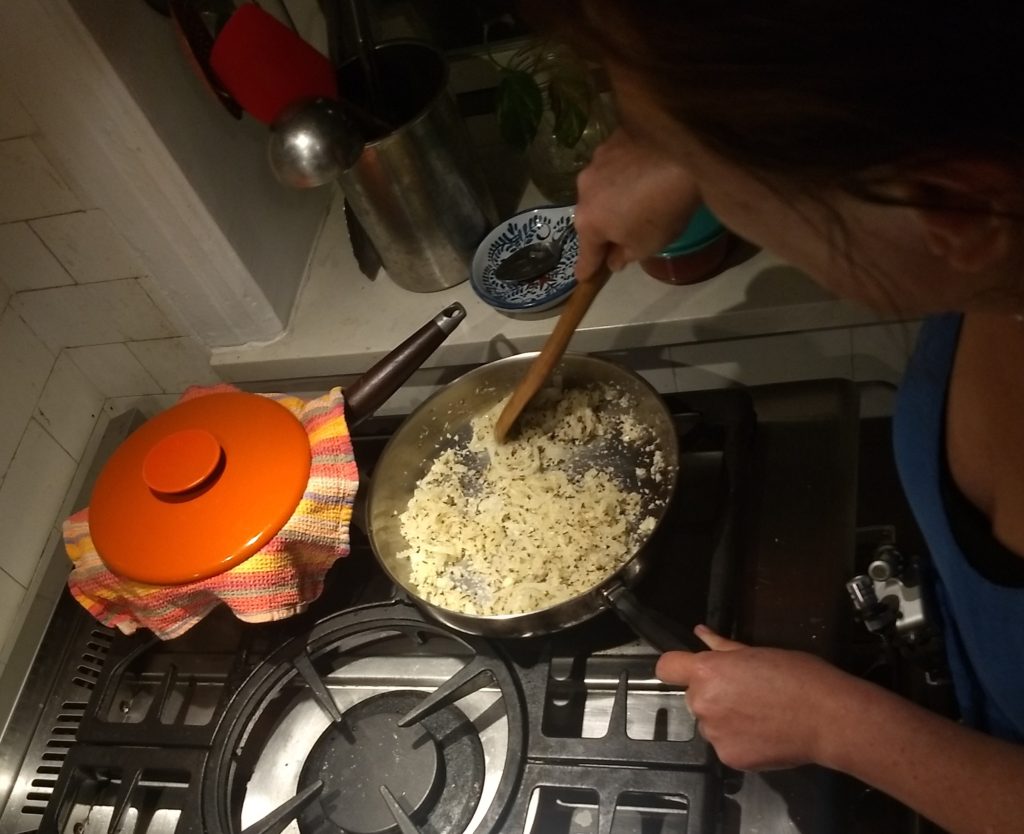
In a wide-bottomed pan or skillet, heat the ghee (or oil) and when it is shimmering, add the whole spices and the hing (if you happen to have it!). Stir just until the mustard seeds turn gray, and you can smell the cumin. (You can use ground cumin, if you have only that; it needs just a second in the oil. Be ready to add the onions quickly.)
Add the onions and a couple of pinches of salt and lower the heat a little, stirring and frying until the onions start to soften. Add the coconut, if using, and stir until it gets a little toasty, or it’s starting to stick too much, whichever comes first. Then add the tomatoes. You should have a pretty thick mess of flavor!
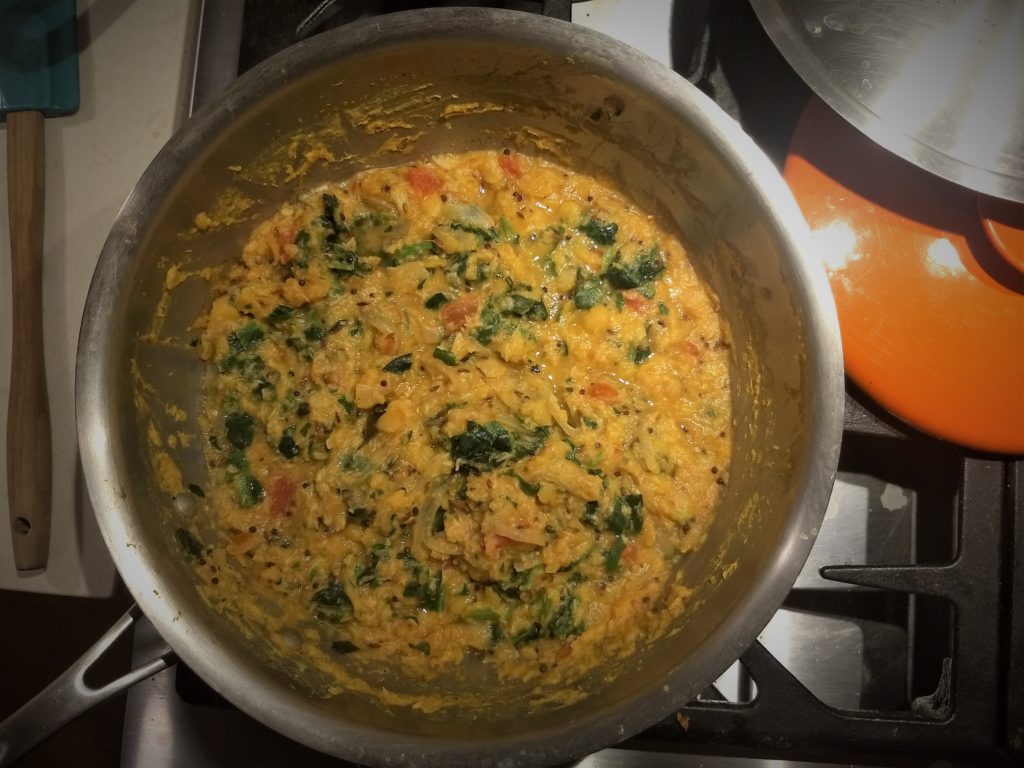
When the peas are soft enough, you will probably have a fairly brothy, almost soupy, mix. Squash the peas a bit with the back of a spoon, up against the side of the pot. Then add the spice-onion mix and stir. Finally stir in the spinach, turn the heat to low and cover and let sit just for 3-4 minutes until spinach is defrosted/wilted.
Pull out curry leaves (or at least the most obvious ones) before serving.
Cucumber-Cumin Raita
For 2-3 servings, combine 3 very large spoons of plain yogurt with finely chopped cucumber, a large pinch of salt and a small pinch of ground cumin. Add a generous squeeze of lemon or lime if you have it.
You can sub in grated carrots, or even raw beets, or any other vegetable that’s good raw, as long as it’s chopped quite small.
Simple Cabbage Salad
I can’t believe I never did this in the first series of episodes! Just slice cabbage very thinly, drizzle over olive oil, and, right before serving, squeeze over fresh lemon juice (best) or red-wine vinegar (also decent). Generously salt and pepper. Optional grated carrots. It all tastes so much better than it seems like it should.
Thanks and much love and health to everyone! Please send questions/suggestions to zora@cookinginrealtime.com. I’d love to hear what’s in your pantry and any other cooking quandaries you might have.
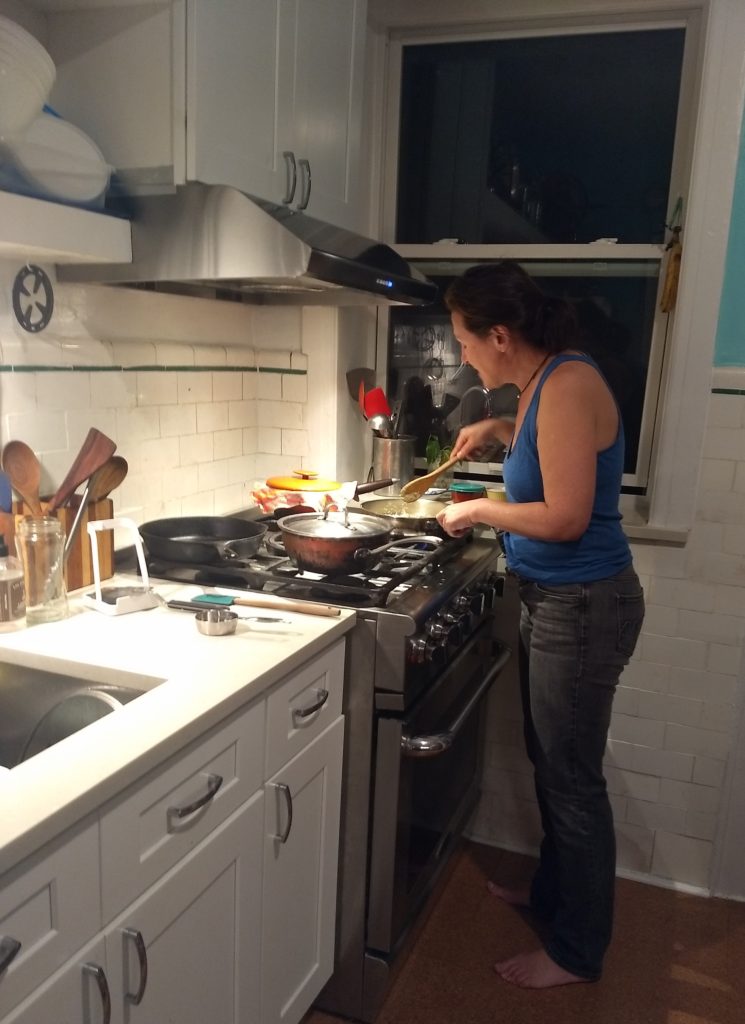

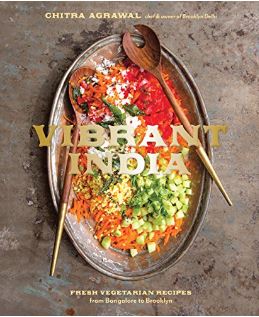
I love the rustling sounds of “refrigerator rummaging”, You cleaned your pantry/fridge and produced an amazing Indian-ish meal, all at the same time.
Cheers!!!
~Vicki
You’re back! Hearing your voice again made me smile. This has long been one of my top five podcasts just for the companionable feel you bring to my kitchen. You’ve transformed this dreary day.
Thank you so much! And sorry to be slow answering — I forgot that there’s something weird here where I don’t get notified about comments.
Ha, thanks, Vicki — I always wonder how much background sound is fun, and how much just makes people think “ow, my ears”!